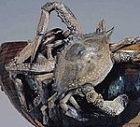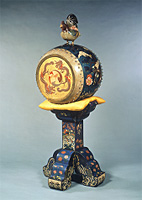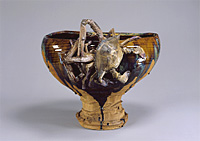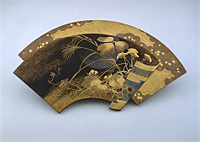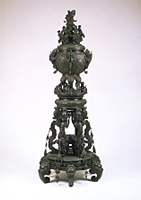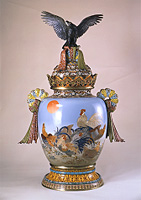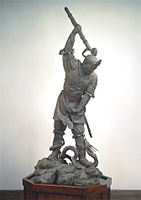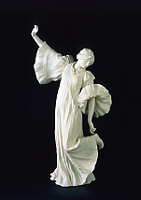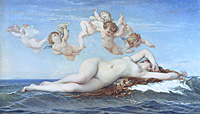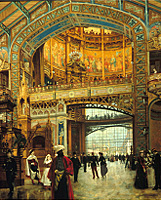Japanese Archaeology and Special Exhibition (Heiseikan) Special Exhibition Galleries
July 6, 2004 (Tue) - August 29, 2004 (Sun)
Traveling back through time, the stage of this special exhibition is the era remembered as that of "World Expositions," introducing the age through Japanese works of decorative art, stirring up the West with admiration and astonishment, as well as through Western art, grandly staged at several Paris Expositions.

